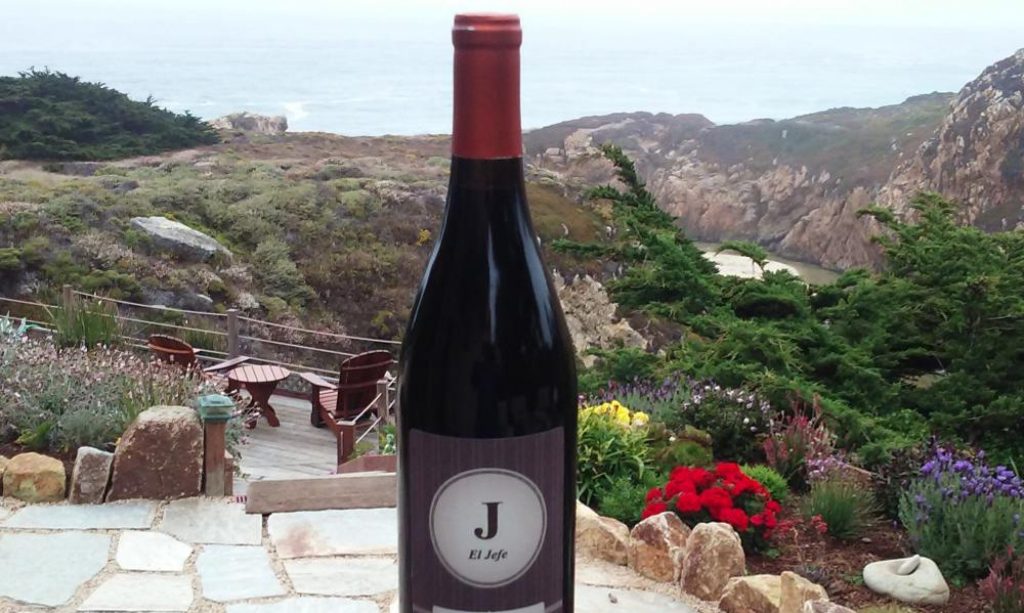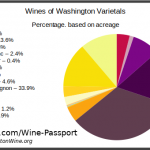Wines of Washington, overview.
Washington’s wine business has seen an interesting evolution. Why are the wines of Washington state flourishing, and which ones are most popular now?
Brief history of Washington Wines.
The history of wine production goes way, way back. Only a couple decades after Lewis and Clark trailblazed the northwest, the Hudson’s Bay Company was planting grapes in Fort Vancouver, WA (1825). By the 1900’s, the immigrant wave sweeping America brought wine-loving settlers from Europe to the Northwest, with the agricultural skills and winemaking culture to scatter vineyards and varietals across the state.
These early French, German and Italian wine lovers brought with them an appreciation for a diverse selection of wine varietals, which characterizes Washington wines today. There are at least 70 varietals which thrive in the varied micro-climates of the state’s 14 AVA’s, almost 2/3 red and 1/3 white.
Why is Washington wine so good?
Grape growing is agriculture, and it turns out the state has fortuitous geography and geology.
Geography
Stretching from about 46 to 49 degrees latitude, the state happens to lie in the same northerly band as the famous Bordeaux and Burgundy regions, which afford it about an extra two hours of sunshine during the summer growing months compared to California.
Although Seattle is notorious for rain, the dominant wine regions in Washington, lying east of the Cascades, are practically desert, with only 7 to 12 inches of rain a year. Fortunately, the Cascades also supply sufficient run off to support the establishment of new plantings.
Geology
The Cascades shaped the region. With TEN active volcanoes (the most recent activity being the devastating 1980 Mt. St. Helens eruption). the ground soil across the state is a story full of ancient lava flow, ash, rains and run-off. Eash corner, each micro-climate carries remnants of that history, played across elevations from sea level on the west coast to 14,410 foot high Mt. Rainier (the mean elevation however, is only 1700 feet).
Between the soil characteristics, the long days in growing season, and in many regions, the stress the vines experience searching for deep water sources in dry climates, wine makers have ideal conditions to grow a variety of premium quality wine grapes, taking the wines of Washington to internationally recognized levels.
Wines of Washington Varietals
As noted above, Washington is now planted about 2/3rds red wine varietals and 1/3 white varietals. This ratio of red to white wine reflects a remarkable shift in a very few years. Washington used to be know for its whites – 20+ years ago, production was 80% white, 20% red and as recently as 2012 the harvest was almost 50/50 red to white. From 17,100 tons total production in 1985 to a whopping 270,000 tons in the record breaking 2016 harvest, the popularity of Washington wines is evident. (Sneak peek forward, from the same source – in 2017 crop, productions was down 16% to 227,000 tons which often equates to higher quality, more densely-flavored and concentrated juices, yum!)
Here’s a break-out by varietal, in vineyard acres:

Other reds: Malbec, Sangiovese, Pinot Noir, Lemberger (Blue Franc), Grenache, Zinfandel, Barbera, Petit Verdot, Nebbiolo, Mourvedre, Petite Sirah
Other whites: Chenin Blanc, Muller-Thurgau, Madeleine Angevine, Siegerrebe, Muscat Ottonel, Orange Muscat, Muscat Canelli, Aligote
Can’t wait to go wine tasting in Washington wine country? Taste smart – Priority Wine Pass includes almost 50 Washington wineries with special offers for members (plus hundreds more in California and Oregon) – hint, hint 🙂


